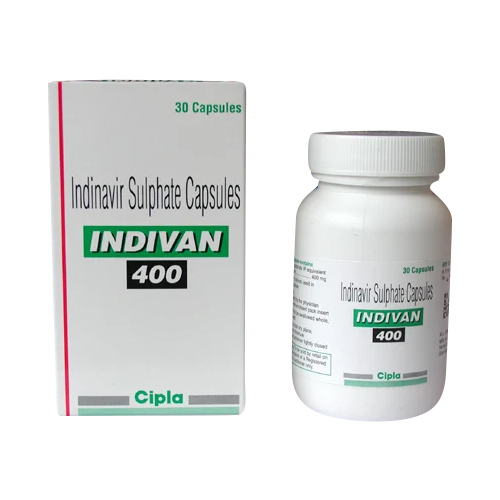


Brixofol Injection
Price 70 INR/ Pack
Brixofol Injection Specification
- Dosage Guidelines
- As per physician
- Storage Instructions
- Keep dry & cool place
Brixofol Injection Trade Information
- Minimum Order Quantity
- 10000 Packs
- Supply Ability
- 10000 Packs Per Week
- Delivery Time
- 15 Days
About Brixofol Injection
Here are some key points about Brixofol Injection:
1. Indications:
- Induction and maintenance of general anesthesia in adults and children.
- Sedation in the intensive care unit (ICU) for mechanically ventilated adults.
- Sedation in medical and surgical procedures.
2. Mode of Administration:
- It is administered intravenously (IV) by trained healthcare professionals.
- The dosage is titrated to achieve the desired level of anesthesia or sedation.
3. Pharmacokinetics:
- This medicine has a rapid onset of action, typically within 30 seconds to 1 minute after administration.
- The duration of action is relatively short, allowing for rapid recovery after discontinuation.
4. Formulation:
- Brixofol Injection is a white, opaque, oil-in-water emulsion.
- The formulation contains soybean oil, egg lecithin, and glycerol.
5. Adverse Effects:
- Adverse effects may include pain at the injection site, respiratory depression, hypotension, and hypersensitivity reactions.
- It should be administered by trained professionals in a controlled environment to monitor and manage potential side effects.
6. Contraindications:
- Hypersensitivity to this medication or any of its components.
- Patients with allergies to eggs, soybeans, or peanuts should be cautious, as the emulsion contains soybean oil and egg lecithin.
7. Special Considerations:
- Due to its sedative properties, Brixofol Injection should only be administered by individuals trained in the administration of general anesthesia or sedation.
- Continuous monitoring of vital signs is essential during and after administration.


Price:
- 50
- 100
- 200
- 250
- 500
- 1000+
More Products in Anesthesia Medicine Category
Pentasa Mesalazine 1g
Price 2800 INR / Box
Minimum Order Quantity : 100 Boxes
Drug Type : Other, Allopathic
Dosage Guidelines : As Per Instructions
Storage Instructions : Keep Dry Place
Physical Form : Other, Tablet
TROYPOFOL Injection
Price 450 INR / Bottle
Minimum Order Quantity : 100000 Bottles
Drug Type : Injection
Physical Form : Liquid
Indivane Indinavir 400mg
Price 1900 INR / Box
Minimum Order Quantity : 1000 Boxes
Dosage Guidelines : As per physician
Storage Instructions : Keep Dry Place
Physical Form : Capsules
Atropine Sulphate Injection 1 ml
Price 15 INR / Pack
Minimum Order Quantity : 10000 Packs
Drug Type : Injection
Dosage Guidelines : As per physician
Storage Instructions : Keep Dry Place
Physical Form : Other, Injection
 |
DHEER HEALTHCARE PRIVATE LIMITED
All Rights Reserved.(Terms of Use) Developed and Managed by Infocom Network Private Limited. |
 English
English Spanish
Spanish French
French German
German Italian
Italian Chinese (Simplified)
Chinese (Simplified) Japanese
Japanese Korean
Korean Arabic
Arabic Portuguese
Portuguese
 Send Inquiry
Send Inquiry




